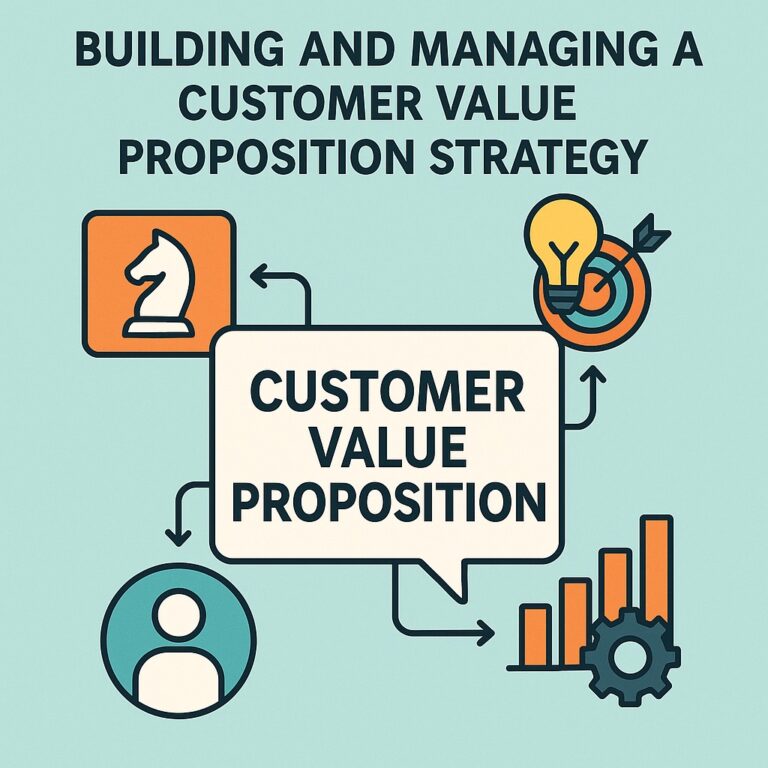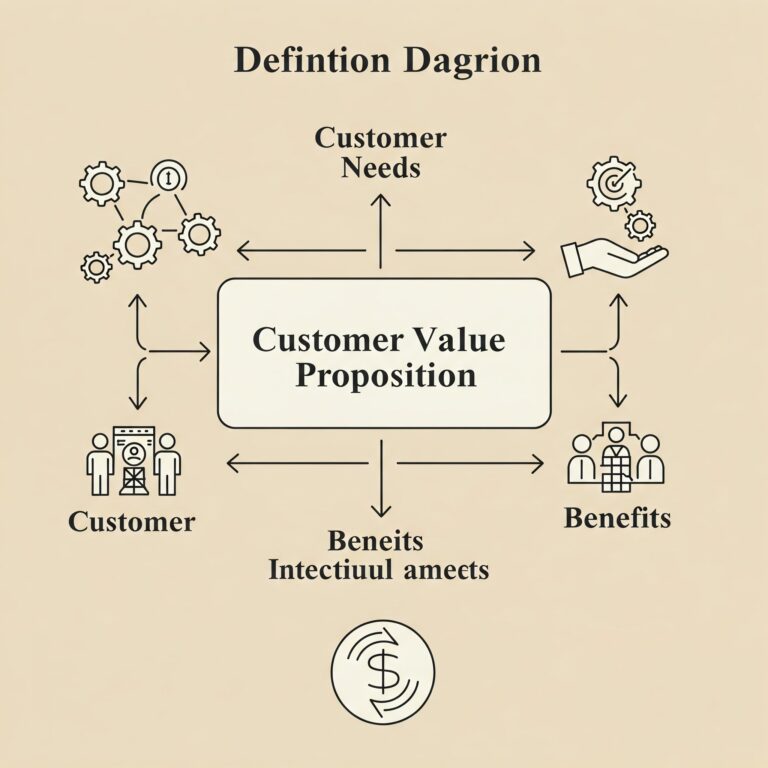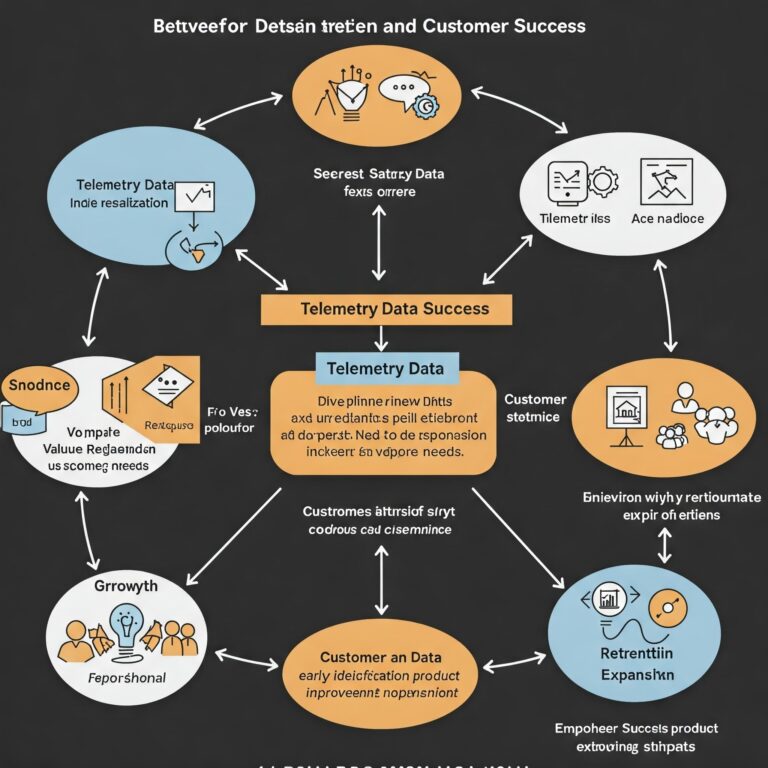CRM has gained significant attention and adoption among businesses eager to enhance their processes for building and maintaining customer relationships, thanks to industry visionaries such as Salesforce, Oracle and Microsoft. The central features of CRM include keeping track of customers’ information and determining their readiness to buy; however, there’s a major element of effective sales strategy that CRM systems neglect to address: collaboration.
It’s not that the current offerings in the CRM market don’t allow sales professionals to collaborate with each other. It’s not even that marketing can’t join in the process to use sales and customer data to create more effective campaigns. What’s missing from the landscape isn’t support for multiple people working together. There are tools that allow users to share CRM data easily, but true collaboration requires more than data.
Varying Definitions of Value
The essence of collaboration is agreeing on objectives and working together to achieve them. This can happen only when everyone involved shares not just data, but the same definition of value. What’s holding back CRM is that the meaning of the data it presents is open to interpretation in the eyes of the beholder. The lead qualification crucial to driving success for the sales team won’t be central to marketers — who will instead focus on where the most-valuable leads originated.
This problem gets even more complex when product management gets involved. As the picture zooms out to include more of the product lifecycle, CRM begins losing its core purpose. Customers’ points of view are included, but with everyone focusing on differing definitions of value, the organization has fragmented priorities and true collaboration is impossible.
The real impact of CRM is that it lets the entire organization connect with its customers. However, to truly maximize the value of this connection, organizations need to start asking better questions, both of their customers and themselves.
What problem are you solving for the customer? How much does it cost to let this problem persist? What are the alternative solutions, and what do they cost? What is the cost for the customer to do absolutely nothing, and what is the ROI it stands to realize if it proceeds with its buying decision? These are all quantifiable data points that together can add up to demonstrating the precise value of a particular product to its target audience.
Understanding Value Drivers
Let’s take the case of a human capital management software provider. Its prospective customer has a retention problem: 6 percent of its management employees and 10 percent of its non-management employees turn over every year. The annual and quarterly cost of this turnover can be agreed upon by the vendor and the customer, following basic collaboration inside a visual application that is intuitive to both parties.
If the company has 1,000 managers and 5,000 non-managers, it might assume that the cost associated with the manager turnover is 60 (people) X US$150,000 (six months of the average manager’s annual salary), or $4.5 million. Similarly, the cost of the non-manager turnover is 500 (people) X $80,000 (6 months’ of an average non-manager’s salary), or $20 million.
By waiting or doing nothing, the prospect is losing $24.5 million per year in turnover costs, or more than $6 million per quarter. Once this is established, the vendor can then collaborate further with the prospect, demonstrating a range of potential benefits or savings by adopting the vendor’s solution. For example, if the vendor’s solution were able to contribute to turnover reduction in the range of 2-5 percent, that would generate $500,000 to $1 million-plus per year in savings.
This type of data rarely makes it into current CRM platforms. This is because most organizations currently do not have a unified system and strategy for uncovering, obtaining, documenting and sharing this data — also known as “value drivers” — across departments.
The Core of Collaboration
Several things happen when you start identifying these value drivers and aligning your entire business around delivering what your customers value most. This becomes even more powerful when you consider how easy it is to sell a product that is engineered and designed to generate ROI for your customers, with marketing supporting its value quantitatively and a sales team trained to demonstrate the specific value and ROI individual customers would realize.
Furthermore, there are now advanced solutions available to help make this data easily sharable and digestible for a variety of audiences. These solutions enable disparate teams to come together to collaborate around creating and maximizing value, not just addressing their own individual priorities.
Understanding, visualizing and sharing the value-driven reasons customers buy your product and the hard data behind their decisions is the underlying promise of CRM. By standardizing an approach that aims to identify value drivers, an organization can transform the entire strategy behind its customer relationships and the collaboration that can make them successful.




